#plac
Text


ROMA / ROMA / RZYM - ITALY / ITALIA
#Rzym#Roma#Rome#pocztówka#litografia#post card#Italy#Italia#Włochy#kartka#litho#piazza#zabutki#plac#square
2 notes
·
View notes
Photo
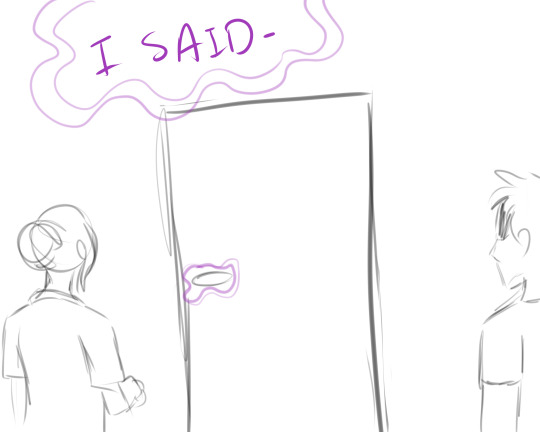

speaking of the potential for pokemon in the assassins’ creed au-
if THEY do exist in the au, this has a 99% chance of going canon!
chandie busting the door down, flames a’blazin, to get ingo back from the templars 💚💚
#ac submas#Assassin's Creed submas au#plac#why look at that familiar bun and hair#anyway chandie started a fire in the previous set of rooms so she definitely needs to get ingo and gtfo#based off that immortal 'i said whoever threw that- your moms a ho' vine#i miss you vine!
88 notes
·
View notes
Text
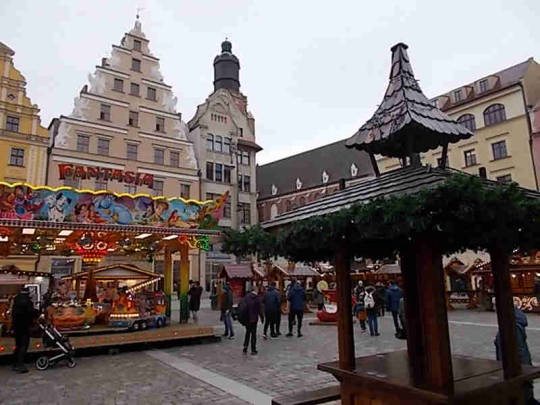
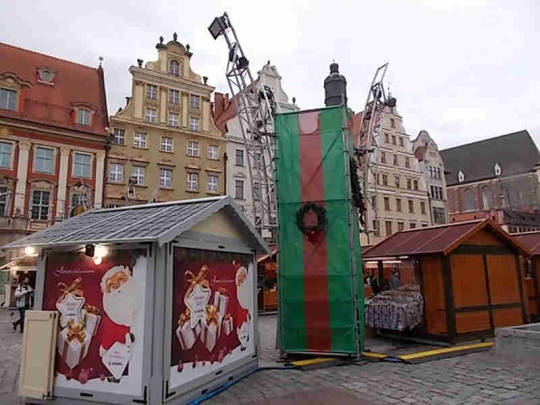



Wroclaw, Poland - attractions of Christmas market 2023.
#wroclaw#wrocław#polska#pologne#attractions#jarmark#christmas#polen#bożonarodzeniowy#rynek#2023#plac#karuzela#merry go round#train#poland#polonia#locomotive
2 notes
·
View notes
Photo

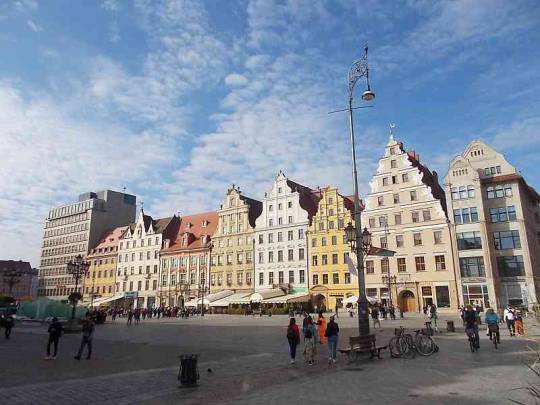
Wroclaw, Poland - buildings on Rynek square + city hall.
#rynek#Wrocław#Wroclaw#Polen#Polska#Poland#Polonia#budynki#buildings#kamienice#plac#square#city hall#ratusz#Rathaus#urząd#urząd miejski#2022
2 notes
·
View notes
Text
Adverbial(Adverb)Clauses

Adverbial Clauses
(Forms and Functions of Subordinate Clauses)
Subordinate clauses can be classified into three main forms based on their functions within a sentence: nominal clauses, relative clauses, and adverbial clauses.
Nominal Clauses (Substantive Clauses):
These clauses function as nouns within a sentence.
They can serve as the subject, object, or complement of a sentence.
Example:
What he said surprised everyone.
(Nominal clause as the subject)
Relative Clauses (Adjective Clauses):
These clauses provide additional information about a noun in the main clause.
They are introduced by relative pronouns (e.g., who, which, that).
Example:
The book that I borrowed from the library is fascinating.
(Relative clause providing information about the book)
Adverbial Clauses:
These clauses function as adverbs, modifying the main clause by providing information about time, place, manner, condition, etc.
They are introduced by subordinating conjunctions (e.g., because, although, when, while).
Example:
Although it was raining, they decided to go for a walk.
(Adverbial clause indicating a contrasting condition)
Adverb Clauses:
Adverbial clauses are groups of words that function as adverbs in a sentence.
They provide additional information about the action in the main clause, answering questions such as when, where, why, how, to what extent, or under what conditions.
Adverbial clauses are introduced by subordinating conjunctions, and they cannot stand alone as complete sentences.
Adverbial clauses modify the main clause in a sentence by providing information about time, place, manner, condition, purpose, contrast, or reason.
Types of Adverbial Clauses:
Time Clauses:
After she finished her homework, she went to bed.
Place Clauses:
Wherever you go, I will follow.
Manner Clauses:
She completed the project as if she were an expert.
Condition Clauses:
If it rains, we will stay indoors.
Purpose Clauses:
She studied hard so that she could pass the exam.
Contrast Clauses:
Although it was sunny, she decided to stay inside.
Reason Clauses:
Since he was feeling unwell, he didn't attend the meeting.
Subordinating Conjunctions:
The introduction of adverbial clauses is typically done through subordinating conjunctions.
Some common subordinating conjunctions include:
After, before, when, while (Time)
Where, wherever (Place)
As, as if, as though (Manner)
If, unless, provided that (Condition)
So that, in order that (Purpose)
Although, though, even though (Contrast)
Because, since, as (Reason)
Adverbial clauses are introduced by subordinating conjunctions.
They cannot stand alone as complete sentences.
When an adverbial clause begins a sentence, a comma usually follows it.
Main Clause:
She went to the store.
Adverbial Clause:
After she finished her work, she went to the store.
Adverb Clauses Placement:
Adverb clauses can be placed at the beginning, middle, or end of a sentence.
The placement depends on the emphasis you want to give to the adverbial information.
Beginning: If you want to emphasize the adverbial clause.
Example: When the sun sets, we will start the bonfire.
Middle: If the adverbial clause is less important, it can be placed in the middle.
Example: We will start the bonfire when the sun sets in the evening.
End: This is a common placement when the adverbial clause provides additional information.
Example: We will start the bonfire in the evening, when the sun sets.
Participle Clauses:
Participle clauses use a present participle (-ing form) or a past participle (-ed or irregular form) and function similarly to adverbial clauses.
Present Participle ( -ing):
Example:
(While)Running late, she hurried to the meeting.
Past Participle ( -ed or irregular):
Example:
Exhausted from the long journey, they finally reached their destination.
Conjunctions used with Participle Clauses:
No specific conjunctions introduce participle clauses; they often modify the main clause without a conjunction.
However, you can use a subordinating conjunction like while, after, or before when it is necessary to indicate the time relationship between the actions in the main clause and the participle clause.
For example:
While waiting for the bus, she read a book.
He left the room after finishing his presentation.
In these cases, the conjunctions (while, after) are introducing the adverbial participle clause by indicating the temporal relationship between the two actions.
But it's important to note that many participle clauses simply attach to the main clause without a conjunction.
Infinitive Clauses as Adverbials for Purpose:
Infinitive clauses are used to express the purpose of an action.
Example: She worked hard, to pass the exam.
Conjunctions used with Infinitive Clauses for Purpose: To, in order to, so as to.
Example: He studied diligently in order to gain knowledge.
Adverbial (Adverb) Clauses
Noun-Modifying (Adjective) Clauses
Nominal (Noun) Clauses
Subordinate Clauses
Complex Sentences
Negative Declarative Sentences: Structure, Usage, and Style
The Interjection
Read the full article
#adverbialclauses#after#aftershefinished#although#as#asif#asthough#because#before#condition#conjunction#contrast#eventhough#if#inorderthat#infinitivepurposeclauses#manner#nouns#participleclauses#plac#providedthat#purpose#reason#since#sothat#subordinateclause#subordinating#though#time#unless
0 notes
Text
PLAC
https://www.modnisleva.cz/letak/plac/
PLAC
0 notes
Photo
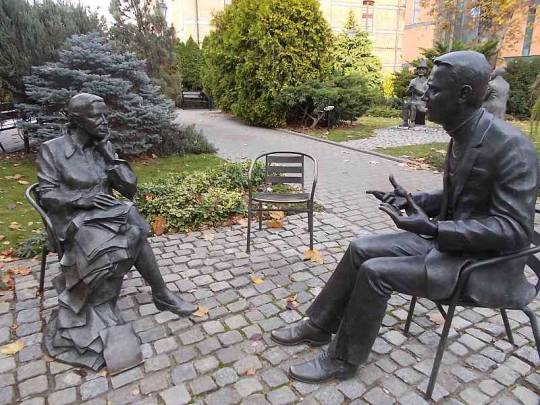

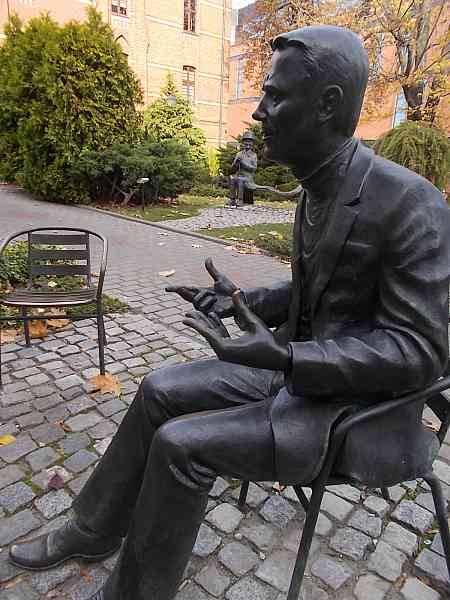



Opole, Poland - sculptures in Artist’s square.
#skwer#square#plac#artystów#artists'#sculpture#esculpture#rzezba#Skulptur#Opole#Oppeln#Polonia#Polska#Polen#Poland#Pologne#sztuka#Kunst#arte#art#osiecka#Młynarski
0 notes
Photo

Opole, Poland - a square with city hall in the background.
#chrysanthemum#city hall#Opole#Oppeln#Polen#Poland#Polska#kwiaty#plac#square#Blumen#chryzantemy#flores#flowers#fleurs
1 note
·
View note
Photo





Fountains on a square near city hall in Świdnica, Poland.
#Poland#Polska#Polonia#fontanna#esculpture#sculpture#Świdnica#Swidnica#Dolny Śląsk#Dolny Slask#Lower Silesia#fountain#Kunst#sztuka#arte#art#artefact#artefakt#plac#rynek#square#budynek#building
0 notes
Photo

Tatra KT4D-C at Postplatz in Görlitz, Germany #görlitz #saxony #saksonia #sachsen #niemcy #germany #deutschland #tramwaj #tramway #tram #straßenbahn #ckdtatra #tatra #tatratram #plac #square #platz #postplatz #postplatzgörlitz #transportpubliczny #publictransport (w: Postplatz (Görlitz)) https://www.instagram.com/p/Cji5aZlMQoi/?igshid=NGJjMDIxMWI=
#görlitz#saxony#saksonia#sachsen#niemcy#germany#deutschland#tramwaj#tramway#tram#straßenbahn#ckdtatra#tatra#tatratram#plac#square#platz#postplatz#postplatzgörlitz#transportpubliczny#publictransport
0 notes
Video
youtube
timelaps kuala terengganu to gombak... #video #timelaps #streetview
#youtube#weekend#visit#timelaps#viral#content#malaysian#street#nice#plac#tour#me#mychannel#subsriber#hope#terengganu#kualalumpur
0 notes
Text

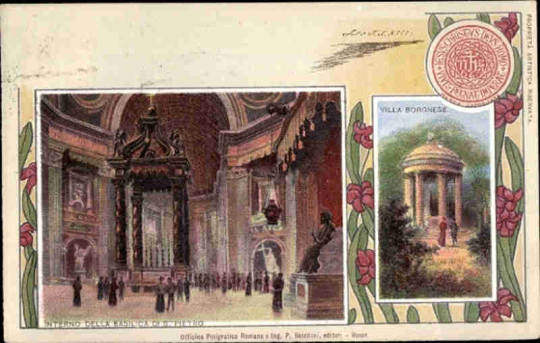

Views from VATICANO.
#Vatican#Vaticano#Watykan#litho#pocztówka#post card#kartka#litografia#Saint Peter's#Św. Piotra#plac#piazza#square#st. Peter's#basilica#bazylika#Roma#Rzym
0 notes
Photo

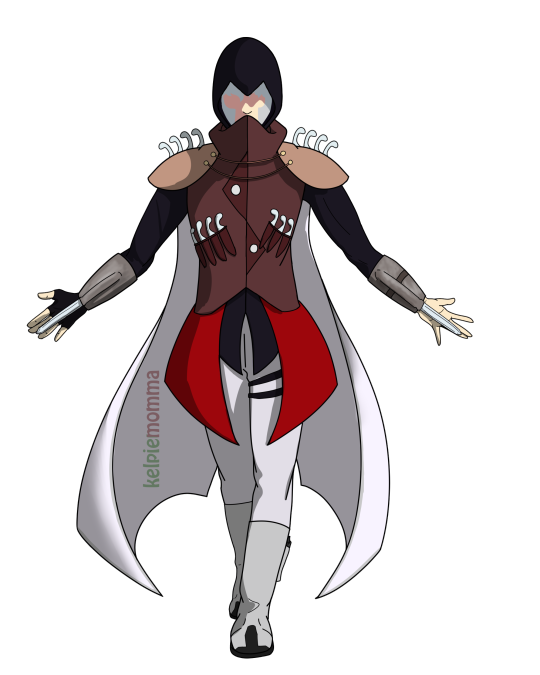
I’M DONE. I’M DEAD, BUT I’M DONE.
Ingo and Emmet’s assassin uniforms!
Emmet uses a pair of hidden blades whereas Ingo only uses one. He prefers to leave his other hand open for a gun, knife, or even a brick. He’s skilled enough to use two hidden blades but he could never quite get the hang of it like Emmet did. It didn’t help that Emmet is ambidextrous and Ingo isn’t.
(When Ingo returns from the templars, he leaves that arm free anyway because he’s begun using a sword as his second weapon. Outdated, but he likes it.)
Cloaks are no longer one size fits all! Cloaks can be any variation from waist (mini) to mid-calf (full-length). Ingo’s cloak is about mid-thigh whereas Emmet’s is as low as it can get. Pre-Ingo’s assumed death, Emmet was quite flashy and liked for his cloak to serve as a warning.
Most assassins wear either dark jeans or cargo pants for durability. Emmet decided to go with white jeans for the Aesthetic.
Hidden blades can be made with either leather or metal sheaths. Ingo likes the traditional leather, Emmet went for a pair of metal cuffs. Metal is more durable but also less forgiving. Leather often is stained easier, but it’s also more easily repaired or replaced.
Their throwing knives have different handles, and their hidden blades have different blade colors :) Emmet also wears one (1) glove on his right hand to better punch people with.
Ingo’s undershirt is looser than Emmet’s- just a difference in preference. Ingo’s belief is that a loose shirt around the arms will make it more difficult for someone to get a shot there, Emmet prefers his sleeves form-fitting.
#submas#submas au#subway boss ingo#subway boss emmet#pokemon#assassins creed submas au#plac#AC submas#i hate designing clothes but i love their outfits tbqh#tried to include traditional and modern assassin necessities#it's funny cause emmet is more traditional colored#but ingo tends to me more traditionally weaponed#i like to think that modern assassins are allowed to accessorize a little and add their own details#i tried to include hints of their everyday / canon outfits but also#to do a straight one-to-one mimic of their usual outfits would be Bad if they were caught yannow#anyway now that this beast (for me) is done i will dedicate tomorrow to either fic or art fight#HELL YEAH
29 notes
·
View notes
Text
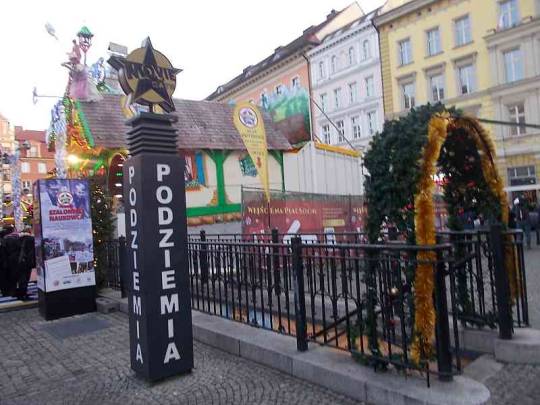


Wroclaw, Poland - Solny Square / Christmas market.
#solny square#christmas#polska#polen#jarmark#bożonarodzeniowy#bar#plac#Platz#sellers#vendors#sprzedawcy#wrocław
3 notes
·
View notes
Photo



Wroclaw, Poland - Rynek square (Summer 2022).
#Polska#poland#Wroclaw#Wrocław#rynek#square#plac#kamieniczki#kamienice#domy#houses#Platz#piazza#balloons#balony#Summer#2022#Polonia#Polen#Polonaise#Pologne
2 notes
·
View notes
Text
PLAC
https://www.modnisleva.cz/letak/plac/
PLAC
0 notes